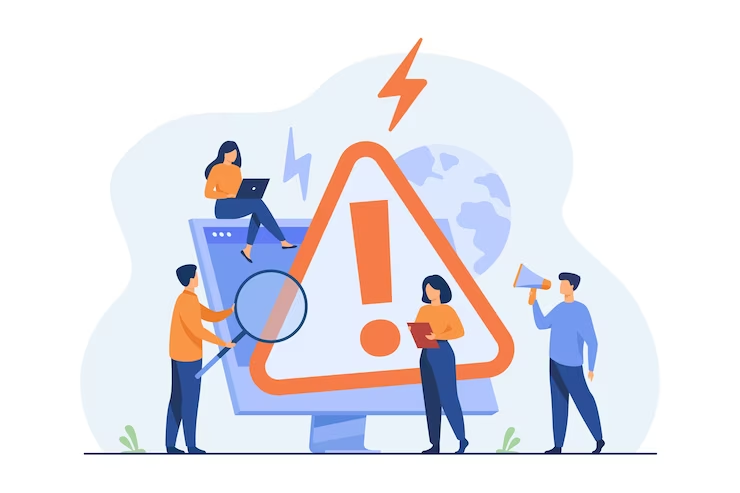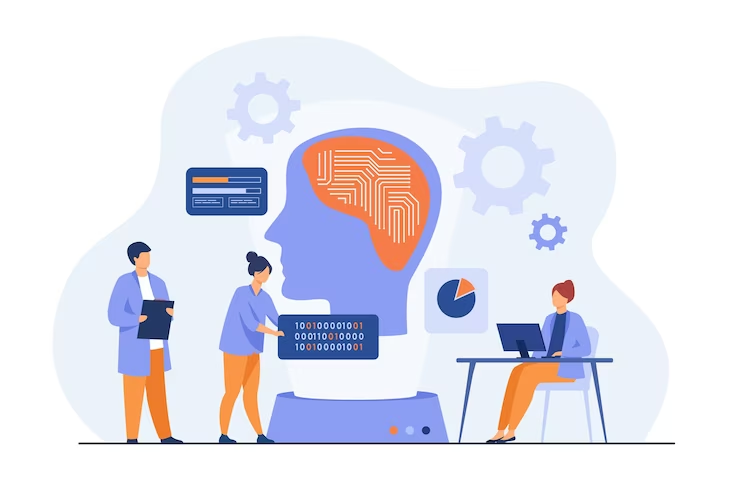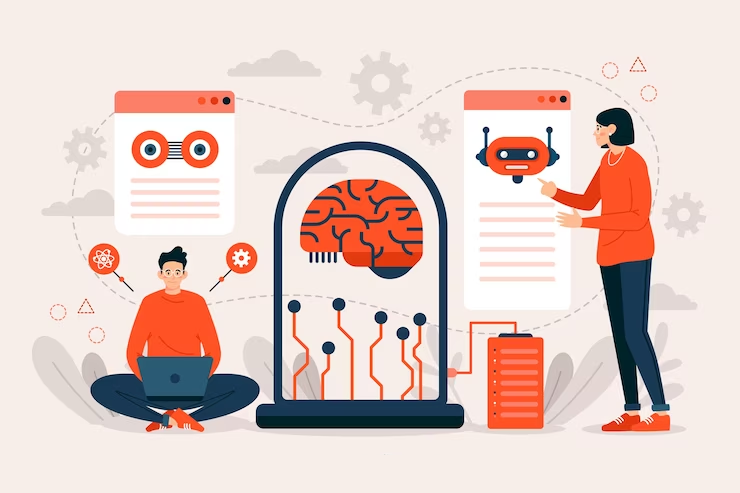
In an era dominated by artificial intelligence (AI), the potential for technology to empower and deceive is more apparent than ever. One concerning consequence is the proliferation of counterfeit images flooding the internet. AI’s ability to generate convincing fakes severely threatens the integrity of digital content. Conc concerted efforts must address this issue to safeguard the online ecosystem and protect users from misinformation and manipulation. This article will explore strategies to ensure that AI does not inundate the internet with counterfeit images.
Understanding AI-Generated Counterfeit Images
AI-generated counterfeit images, also known as deep fakes, are computer-generated or manipulated visuals that appear strikingly real. AI can seamlessly blend or replace elements within images, such as faces or backgrounds, by utilizing deep learning algorithms and large datasets. This technology has gained notoriety due to its potential for malicious use, including spreading misinformation, impersonating individuals, or damaging reputations.
1. Advanced Detection Systems
Developing robust detection systems is crucial to combatting AI-generated counterfeit images effectively. AI algorithms can be trained to identify subtle artifacts or anomalies that may indicate manipulated images. These detection systems can continuously adapt and improve their accuracy by leveraging machine learning techniques as AI-generated counterfeits evolve.
2. Public Awareness And Education
Raising public awareness about AI-generated counterfeit images’ existence and potential dangers is paramount. By educating internet users about the presence of deep fakes, their realistic nature, and the risks they pose, individuals can become more vigilant in verifying the authenticity of the content they encounter. Promoting media literacy and critical thinking skills can empower users to navigate the digital landscape more responsibly.

3. Collaboration With Tech Industry
Collaboration between AI researchers, technology companies, and online platforms is essential to combat the proliferation of counterfeit images. These stakeholders can collectively develop and implement countermeasures against AI-generated counterfeits by sharing knowledge, expertise, and resources. Open-source frameworks and collaborative initiatives can facilitate the creation of tools and technologies that enhance image verification and authentication processes.
4. Blockchain Technology
Blockchain technology’s decentralized and immutable nature holds promise in combating the dissemination of counterfeit images. By leveraging blockchain, digital content can be timestamped, hashed, and stored securely, ensuring the integrity of the information. Implementing blockchain-based solutions can create a transparent and trustworthy environment that verifies the authenticity of images, making it more difficult for counterfeit content to thrive.
5. Ethical AI Development
Promoting ethical practices in AI development is crucial to prevent the misuse of technology. Responsible AI development involves adhering to guidelines prioritizing transparency, accountability, and fairness. Implementing regulatory frameworks and industry standards can help curb the production and dissemination of counterfeit images. Additionally, encouraging the development of AI technologies that focus on positive applications and content verification can contribute to a safer digital landscape.

6. Strengthening Content Moderation And Flagging Mechanisms
Efficient content moderation and flagging mechanisms are vital in mitigating the spread of AI-generated counterfeit images. Online platforms should invest in robust algorithms and human moderation teams to promptly identify and remove fake content. By leveraging AI, platforms can develop automated systems capable of flagging potentially manipulated images for further review by human moderators. Strengthening these mechanisms can help minimize the dissemination of faked photos and reduce their potential impact on users.
7. Legal Frameworks And Consequences
Establishing legal frameworks and consequences for creating and disseminating AI-generated counterfeit images is crucial to deter malicious actors. Governments and policymakers should collaborate with technology experts to develop legislation that addresses the ethical and legal implications of deepfake technology. A strong deterrent can be created by imposing strict penalties and holding individuals accountable for creating and spreading counterfeit images. Legal measures can serve as a preventive measure, discouraging the creation and dissemination of AI-generated counterfeits and protecting the public from potential harm.
8. Continuous Research And Innovation
Continuous research and innovation are essential to stay ahead of the evolving landscape of AI-generated counterfeit images. Developing new techniques and technologies to detect and combat deep fakes should be an ongoing priority for researchers and industry professionals. Investment in research and development can lead to discovery of novel algorithms, methods, and tools that enhance image authentication and verification. By fostering a culture of innovation and supporting interdisciplinary collaborations, we can adapt to emerging challenges and effectively address the ever-changing landscape of AI-generated counterfeit images.

Research efforts should focus on improving the accuracy and efficiency of detection algorithms, exploring new methodologies for content detection and authentication, and developing techniques to differentiate between authentic and manipulated visuals. Additionally, interdisciplinary collaborations involving computer science, psychology, media studies, and law experts can provide diverse perspectives and insights necessary to combat the multifaceted challenges posed by AI-generated counterfeit images.
Wrapping Up
By adopting a comprehensive approach that encompasses advanced detection systems, public awareness, collaboration, blockchain technology, ethical AI development, strengthened content moderation, and legal frameworks, we can work towards mitigating the inundation of AI-generated counterfeit images on the internet. It is a collective responsibility to safeguard the integrity of digital content, protect individuals from misinformation, and ensure a trustworthy online environment. With concerted efforts, we can preserve the authenticity of digital media and maintain user trust in the information they encounter online.
